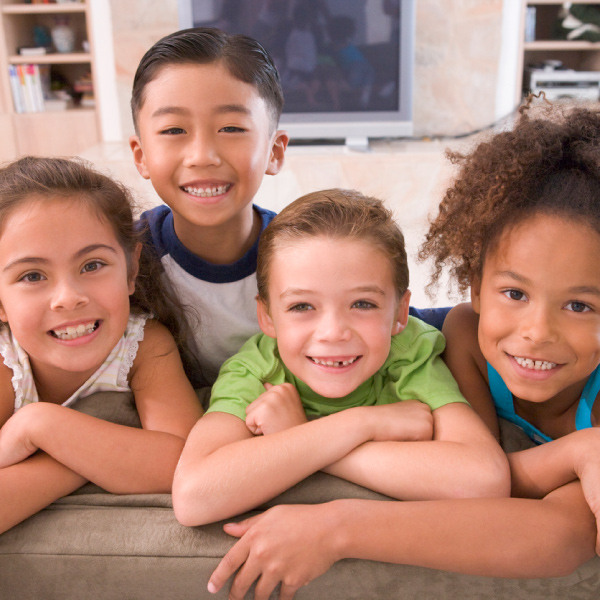
Self-Regulation Skills
Self-regulation assists students in managing their thoughts, behaviors, and emotions in order to successfully manage their learning experiences.

How Does it Impact School Function
-
Support child’s ability to handle their emotional reactions to new situations
-
Helps students follow directions
-
Improves attention
-
Helps students retain information.
-
Aids students in being able to sit still and listen.
-
Allows students to appropriately interact with peers.
-
Assists student with waiting and walking in line.
Enhancing The Classroom Environment
-
Limit extraneous visual material (bright commercially made borders and posters, mobiles)
-
Keep clutter to a minimum
-
Cover bottom of desk and chair legs with tennis balls if floors are uncarpeted
-
Arrange the classroom so that noise-making activities are in one corner and quiet activities are in another
-
Use a rubber strip along the bottom of the door to reduce hallway noise
-
Avoid the use of noisy fans; have computers off when not using
-
Use natural light as much as possible
-
Plan seating adaptations that help students to remain calm and focused (e.g., using disc cushions for students with sensory-integration issues, allowing fidget toys at desks)
-
Provide quiet, calming areas where children can go when they need to down-regulate so that they can focus and be attentive
Classroom Management
-
Try to reduce auditory distractions by using chimes or music rather than school bells or buzzers to signify transitions
-
Keep classroom schedule predictable to help students anticipate transitions throughout the day
-
Consider using fidget toys, exercise bands, or worry beads to help students stay calmly focussed and alert
-
Take time to observe class over several days; note times when a number of students have trouble transitioning from one learning event to another
-
From student observations note those who experience hypo- or hyperarousal more often and for longer periods than peers; keep track of triggers and consider where to make modifications making it easier to self-regulate
-
Provide activities that allow for student choice
-
Make your self-regulation techniques obvious to your students using age-appropriate vocabulary to help them understand and internalize the concept of self-regulation
-
Try to establish a connection between students’ parents and caregivers so there is continuity between strategies used in and outside of the classroom




